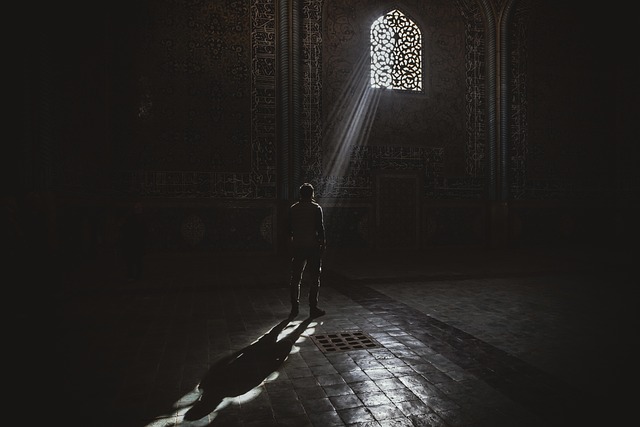Interior architectural photography is a fascinating blend of artistry and technical precision. Capturing the essence of a space requires an understanding not only of the structures and designs but also of the camera and optics used to highlight them. The beauty of a well-designed interior lies in the details, textures, and lighting, making it crucial for photographers to master the art of getting the right exposure to bring these elements to life.
One of the key aspects of interior architectural photography is the role of light. Natural light can create stunning effects in interior shots, but relying solely on it can be risky. Using a camera that allows for manual exposure control ensures that you can adapt to the varying light conditions present in a space. Techniques such as bracketing your exposures can be invaluable; this involves taking multiple shots at different exposure levels and merging them later to achieve the perfect balance of highlights and shadows.
When it comes to optics, the choice of lens becomes critical. Wide-angle lenses are often favored in interior architectural photography as they can capture more of the space, making rooms appear larger and more inviting. However, caution is necessary to avoid distortion—understanding how your lens interacts with the architecture will allow you to make informed choices during setup. Tilt-shift lenses are another option that can help control perspective, giving you the ability to keep vertical lines straight and avoid converging angles that can distract from the subject.
Camera settings also play a significant role in achieving high-quality images. For instance, using a higher ISO setting can help in low-light conditions but may introduce noise. A trip to the settings menu can reveal a balance of ISO, aperture, and shutter speed that works cohesively with the lighting and design elements in play. Remember, a lower aperture can beautifully blur the background, isolating architectural features that deserve special attention.
Post-processing is the final step in perfecting your images. It’s here that you can enhance colors, correct any lens distortion, and fine-tune exposure levels. Color correction, brightness adjustments, and contrast enhancements can breathe life into your photographs, transforming a good image into a remarkable one. Software options abound, allowing for extensive edits that elevate the overall presentation of your work.
Mastering interior architectural photography takes time and practice, but with a keen eye for detail and an understanding of optics and camera techniques, you can capture the heart and soul of any space. As you delve deeper into this art form, each photograph becomes a testament to your growing expertise—a stunning snapshot of the marriage between architecture and photography.



